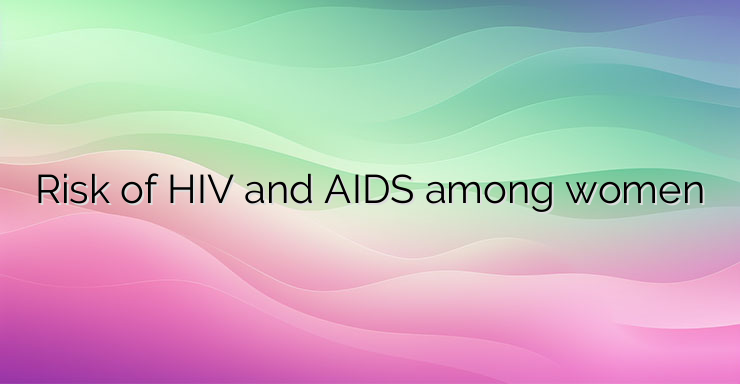Human immunodeficiency virus (HIV) is a type of retrovirus that specifically infects humans. Retroviruses invade host cells and alter the genome of that cell by inserting a copy of its RNA genome. In the absence of or adequate treatment, the HIV virus causes acquired immune deficiency syndrome (AIDS). It is a progressive failure of the immune system that leads to a fatal outcome, as a result of infection or cancer. There is currently no effective treatment for HIV. However, thanks to modern medicine when appropriate and timely, the disease can be controlled and the life expectancy of HIV-positive people can be equal to that of HIV-negative people. In 2018, the Centers for Disease Control and Prevention recorded 36,400 new cases of HIV infection in the United States. Of these, 18% are women, mostly in stable condition over the last decade. Most cases of newly infected women result from sexual contact with an HIV-positive man, and among these intravenous drug users the risk is greater. All women are at risk of infection, but it is greater among certain groups. The risk for women having unprotected sex is high. They are more likely to contract HIV during intercourse than men because the surface area of the vagina is larger than that of the male genital organ and semen could remain in the vagina for several days after intercourse. In women who use injection drugs, the risk is also increased. Sharing needles and syringes greatly increases the risk of contracting HIV and increases the likelihood of other risky activities such as unprotected sex. Young women, especially adolescent girls, are at higher risk of HIV transmission than older women, especially those with underdeveloped reproductive tracts. However, the time between infection and diagnosis is usually longer in older women, which delays the initiation of treatment and increases the risk of damage to the immune system. Sources: https://www.womenshealth.gov/hiv-and-aids/women-and-hiv


Leave a Reply